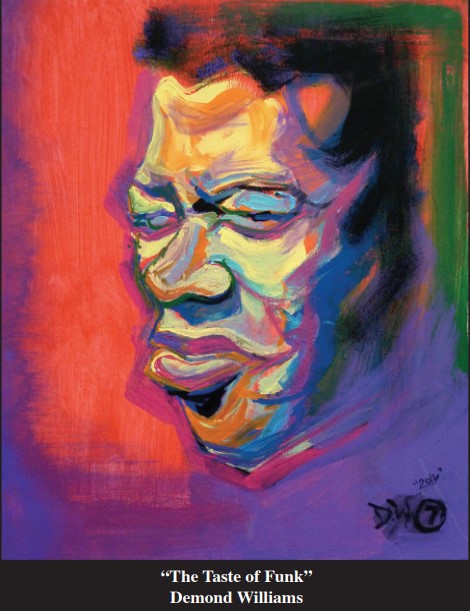By Essence Scott
Children experiencing homelessness do not always feel safe within themselves. When I was homeless, I experienced this uncomfortable reality. When I moved to Connecticut Avenue, I still felt like I was homeless; I had to readjust.
There was one place where I felt my absolute safest: the Arts Council of Princeton on Witherspoon Street. I went there with HomeFront on Thursday nights for art class.
A lot of the time, I was the oldest one there, but that did not matter to me. On Thursday nights, we worked with a number of different artistic mediums—painting, clay, and the performing arts, among others.
I have many fond memories of being swept into the world of A Christmas Carol at McCarter Theatre in Princeton. I loved the times when McCarter performers came to teach us a little something; it gave me hope that we very well could be actors and actresses. It also helped me learn a great deal about the world and perceive it as one big stage—full of opportunity, rehearsals, reruns, and final performances.
Attending these art classes also helped me escape for a little bit. In school, I was exceptional, but introverted and I did not make friends easily. While I felt purposeful at school, I did not exactly fit in. When I was with HomeFront, I was still on edge because I was usually one of the oldest in the group—people of my age tended to be volunteers—but the opportunities that these art classes afforded me made it all worth it. I was learning to be present with myself and practicing new and constructive ways to express my feelings and thoughts.
The Thursday night art classes quickly become a staple—something that I could look forward to every week. I did not always like being at home, a small motel room with too much stuff and not enough room; the art space soon became my respite from all this.
One night, I remember visiting a mural near the Arts Council with my class. I felt something stir in me when I looked at the mural; it inspired me to write one of my first poems. Much like the images on the mural, I felt safe, insulated by this world that someone else made. I knew that I could express this with my writing—something that I had found comfort and solace in for years—and so I began to write and I have not stopped since then.
The class at the Arts Council helped me to find myself. One time after a nighttime excursion with a person that I thought I trusted went horribly wrong, I felt lost and isolated. I could barely write anything, and I was so afraid of everything around me. At class that week, we were doing fairytale retellings. I wrote a Sleeping Beauty retelling that involved Cinderella as her sister. I put a grim spin on the text and spilled my negative feelings and thoughts onto the page.
The experience of doing so was euphoric and I felt much better afterwards. I needed to confront the hurt and anger that I was feeling and had it not been for the particular focus of class that night, I may have succumbed to my mental torment. In this instance and many others, the art class provided me with a safe and productive outlet to challenge and cope with the hurdles in my life.
Right now, there is much that I want to pursue in life. I want to write, play sports, and be an actress. The art classes that I attended as a teen and a young adult gave me a safe haven to work through some of my most difficult experiences growing up; they taught me to take control of my thoughts and emotions in ways that make my dreams realistic and attainable today.


